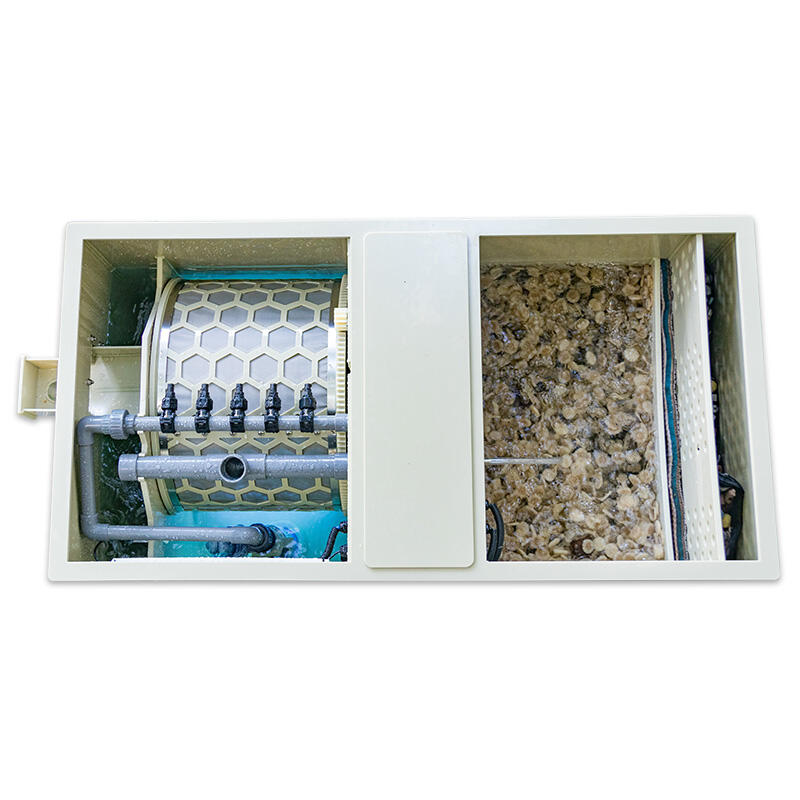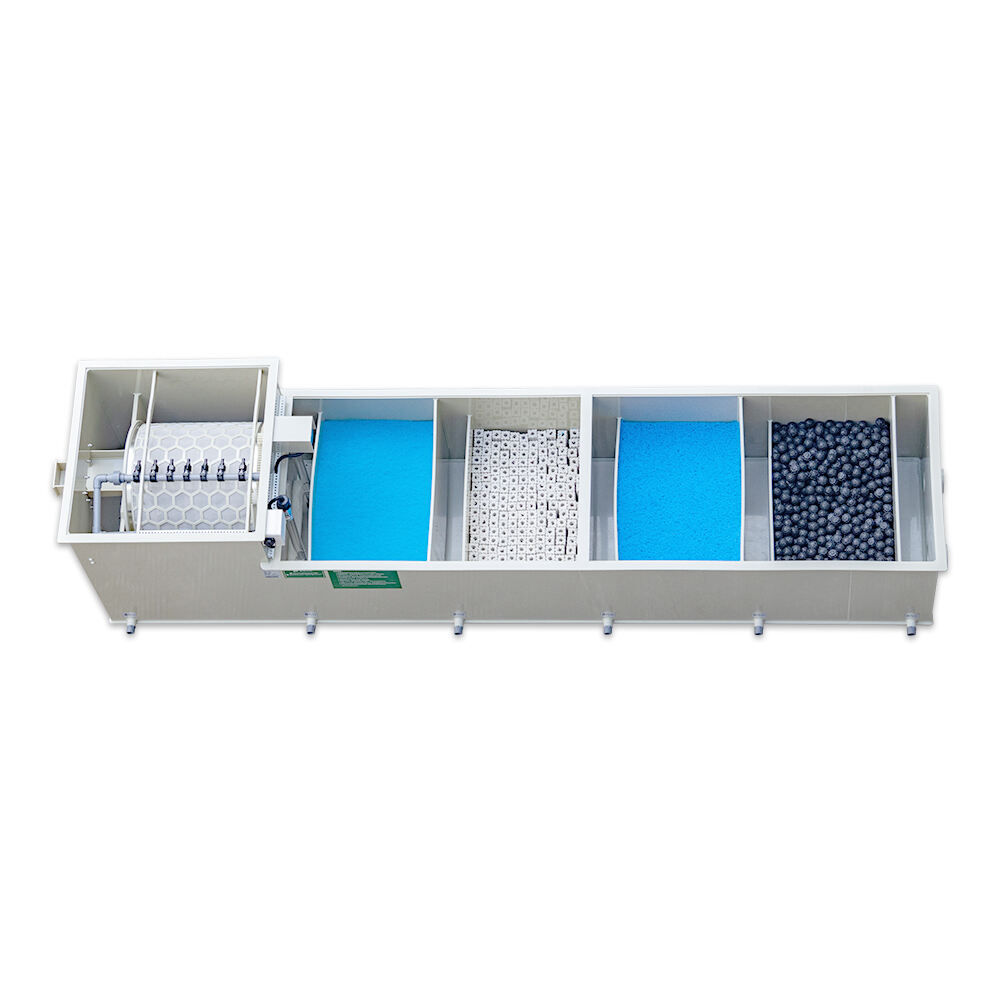aquarium filtration system
An aquarium filtration system is a vital component that maintains a healthy aquatic environment by performing three essential types of filtration: mechanical, chemical, and biological. The system works by circulating water through various filter media, removing debris, harmful chemicals, and converting toxic compounds into less harmful substances. Modern filtration systems incorporate advanced technology such as programmable flow rates, UV sterilization, and smart monitoring capabilities that allow real-time water quality tracking. These systems typically consist of multiple stages, beginning with mechanical filtration that removes visible particles, followed by chemical filtration using activated carbon or other media to eliminate dissolved contaminants, and finally biological filtration where beneficial bacteria break down harmful ammonia and nitrites. The technology has evolved to include energy-efficient pumps, self-priming mechanisms, and customizable media chambers that can be adapted to different aquarium sizes and types. Whether for home aquariums or professional installations, these systems are designed to maintain optimal water conditions while requiring minimal maintenance. The integration of smart technology allows users to monitor and adjust filtration parameters through mobile applications, ensuring consistent water quality for aquatic life.


